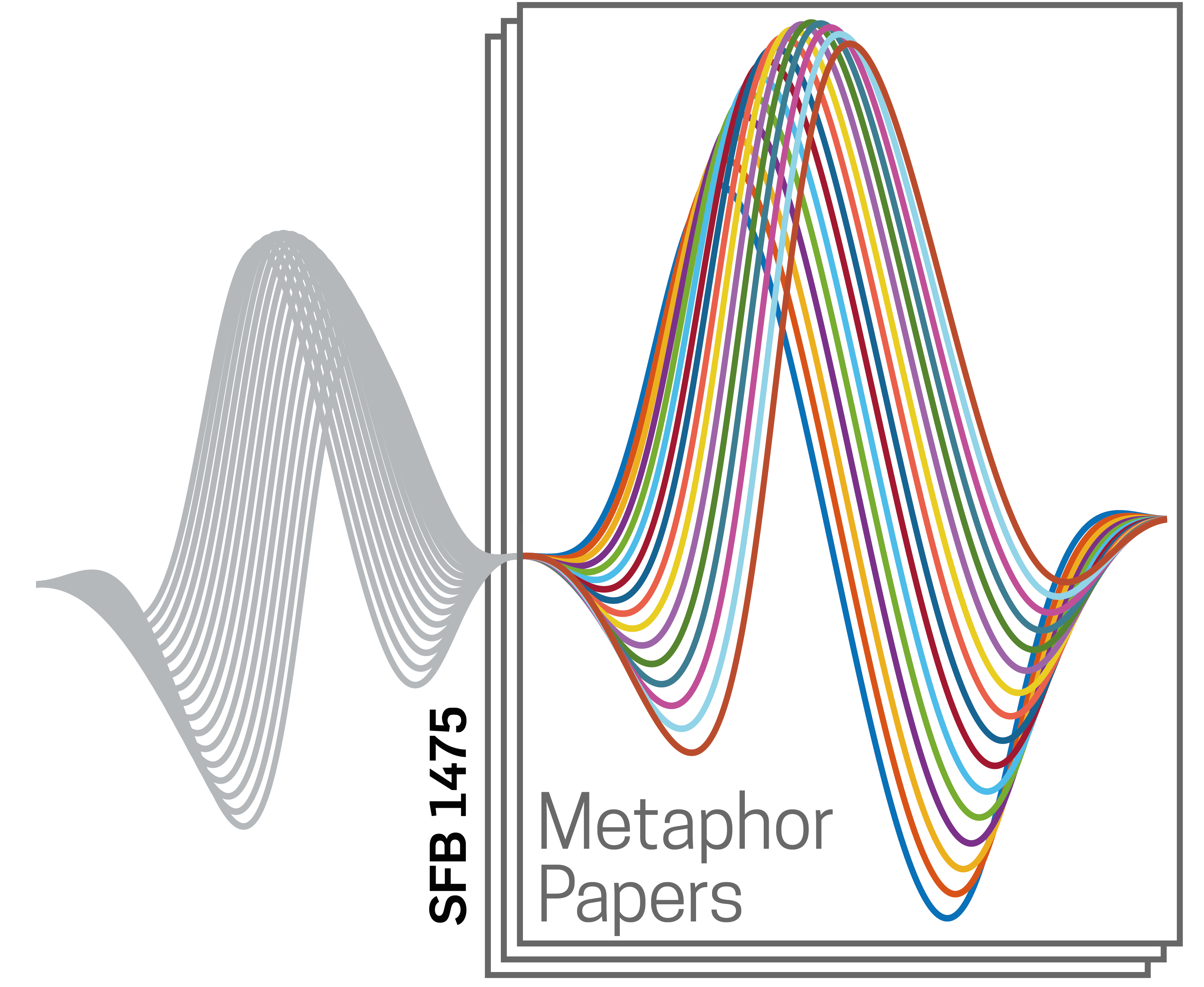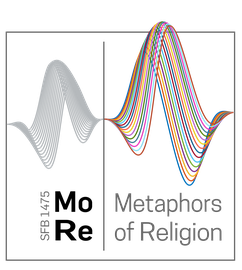Publikationen

Mit der Working Paper-Reihe Metaphor Papers haben wir ein Open-Access-Publikationsformat für erste Ergebnisse, Diskussionen und interdisziplinäre Perspektiven in der Erforschung religiöser Metaphern geschaffen, das online zugänglich ist: omp.ub.rub.de/index.php/metaphorpapers.

